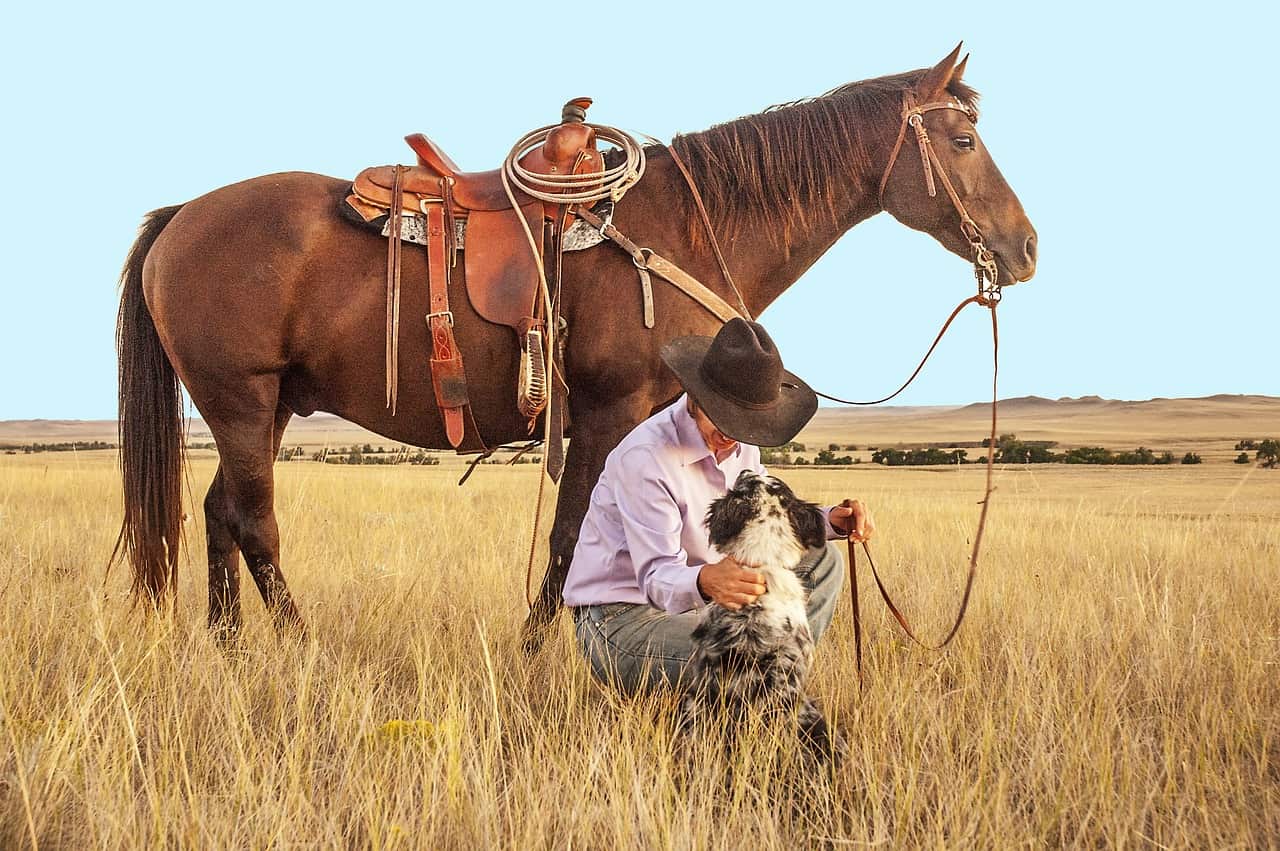Introduction
The Vaquero tradition, influenced by Spanish horsemanship, has also left an indelible mark on American horse riding. This tradition emphasizes lightness, precision, and clear communication between horse and rider, building a strong foundation and a willing partnership. In recent years, natural horsemanship techniques have gained popularity in American horse training circles, focusing on understanding and communicating with horses based on their natural instincts and behaviours. This will show you the amazing art of American style riding/western riding.
Understanding American style horse riding facts provides insights into the diverse equine landscape, training techniques, and the cultural significance of this horsemanship tradition. Whether you are an avid rider or a curious enthusiast, delving into the world of American horse riding opens doors to a captivating realm of history, skill, and a deep connection with these magnificent animals.

In this blog, we will explore fascinating facts about American horse riding, from the diverse American horse breeds to the Western riding style and its key features. We will also delve into the influence of the Vaquero tradition and the rise of natural horsemanship techniques in American horse training. Join us on this journey as we uncover the wonders of American style riding and its enduring legacy in the equestrian world.
Origin & Evolution of American Style Riding
The roots of American style horse riding can be traced back to the horsemanship practices of Native American tribes and the early Spanish settlers. Native Americans had a deep connection with horses, and their riding style showcased a remarkable symbiotic relationship with these magnificent animals. The Spanish introduced their own horsemanship techniques, which blended with the Native American style to form the foundation of American style riding.
Over time, as the United States expanded and the frontier days unfolded, the need for skilled riders grew. This led to the development of unique riding techniques that prioritized comfort, control, and adaptability. As horses played a vital role in ranching, cattle drives, and other activities, the American style of riding adapted to meet the demands of the terrain and tasks at hand.
Various Horse-Riding Techniques
Horse riding has been an integral part of American culture for centuries. From cowboys and ranchers to competitive riders, the United States has a rich history of horsemanship. One unique aspect of American horse riding is the distinct style and training methods employed, which set it apart from other equestrian traditions around the world. Let’s take a dig into the essential training techniques used.
- American Horse Breeds: A Diverse Equine Landscape
The United States is home to several iconic horse breeds that have played a significant role in shaping American style riding. The American Quarter Horse, known for its versatility and speed, is the most popular breed in the country. This breed’s agility and athleticism make it suitable for various disciplines, including barrel racing, cutting, and reining.
Another prominent American breed is the Tennessee Walking Horse, renowned for its unique running walk gait, which provides a smooth and comfortable ride. The Appaloosa, known for its striking coat patterns, and the American Paint Horse, with its distinctive colour combinations, are also highly regarded in the American horse-riding community.
- The Western Riding Style
One of the hallmarks of American style horse riding is the Western riding style. Originating from the working techniques of cowboys, this style emphasizes balance, control, and a deep seat in the saddle. Western riders use a single-handed rein hold and rely on neck reining, where slight pressure on the horse’s neck directs its movement.
Western riding is often associated with activities such as roping, team penning, and cutting cattle. The saddle used in this style, known as a Western saddle, features a prominent horn at the front, which assists riders in securing ropes or holding onto them during sudden stops or turns.
team penning, and cutting cattle. The saddle used in this style, known as a Western saddle, features a prominent horn at the front, which assists riders in securing ropes or holding onto them during sudden stops or turns.

- Rodeo: The Heartbeat of American Horse Riding
The rodeo is deeply ingrained in American culture and showcases the skills and traditions of American horse riding. It is a thrilling spectacle where riders compete in various events such as bull riding, bronc riding, and barrel racing.
Bull riding, in particular, epitomizes the courage and resilience of American riders as they attempt to stay atop a bucking bull for a specified time. The adrenaline-pumping events of the rodeo demonstrate the deep connection between horse and rider and highlight the importance of training and skill in American-style riding.
- The Vaquero Tradition
The Vaquero tradition , with its roots in Spanish horsemanship, heavily influenced American horse riding. Vaqueros were skilled horsemen who played a vital role in ranching and cattle herding in the early days of the American West. Their techniques and equipment, such as the hackamore and spade bit, have been incorporated into modern American horse training methods.
, with its roots in Spanish horsemanship, heavily influenced American horse riding. Vaqueros were skilled horsemen who played a vital role in ranching and cattle herding in the early days of the American West. Their techniques and equipment, such as the hackamore and spade bit, have been incorporated into modern American horse training methods.
Vaquero-style training emphasizes lightness, precision, and clear communication between horse and rider. This approach focuses on building a strong foundation, teaching the horse to respond to subtle cues, and developing a willing partnership.

- Natural Horsemanship and American Horse Training Techniques
Natural horsemanship has gained popularity in American horse training circles in recent decades. This approach emphasizes understanding and communicating with horses using their natural instincts and behaviors. It promotes a partnership based on trust, respect, and clear communication.
Natural horsemanship techniques, such as round penning, liberty training, and desensitization exercises, are widely employed to build trust and develop a willing, responsive horse. This approach resonates with the principles of the Vaquero tradition, focusing on lightness and harmony in the horse-rider relationship.
Conclusion
American style riding encompasses a rich tapestry of history, traditions, and training techniques. From the diverse range of American horse breeds to the Western riding style, rodeo events, and the influence of Vaquero traditions, this style of horsemanship has captivated riders and enthusiasts worldwide.
American horse training techniques, including natural horsemanship, have revolutionized how horses are understood, trained, and communicated. The emphasis on partnership, trust, and clear communication between horse and rider has paved the way for a more harmonious approach to horsemanship.
Whether you are a beginner or an experienced rider, exploring American style riding opens doors to a world of adventure, skill, and a deep connection with these magnificent creatures. So saddle up, embrace the American riding traditions, and embark on a journey that celebrates the spirit of horsemanship in the United States. Find out more About Horse training and riding here.
Recent Posts
Mastering English Dressage: Tips and Techniques Complete Guide 101
Introduction English dressage is an equestrian sport that involves precise movements and commands between a dressage horse and its rider. It is a graceful, beautiful art form that requires skill...
Introduction Are you looking to learn more about western dressage, the art of horse dressage? If so, you've come to the right place. In the previous blog we looked at Western vs English Dressage,...

